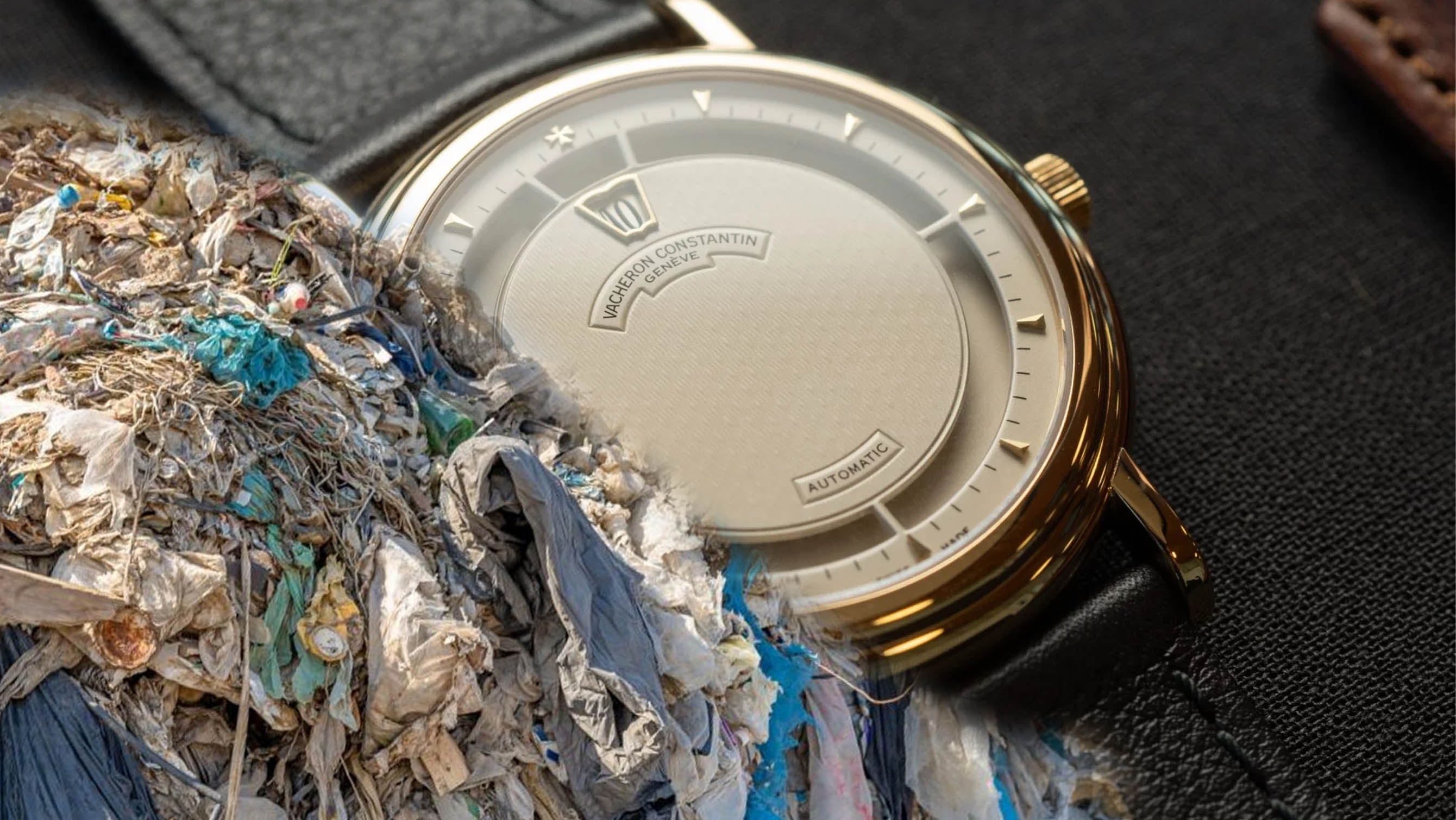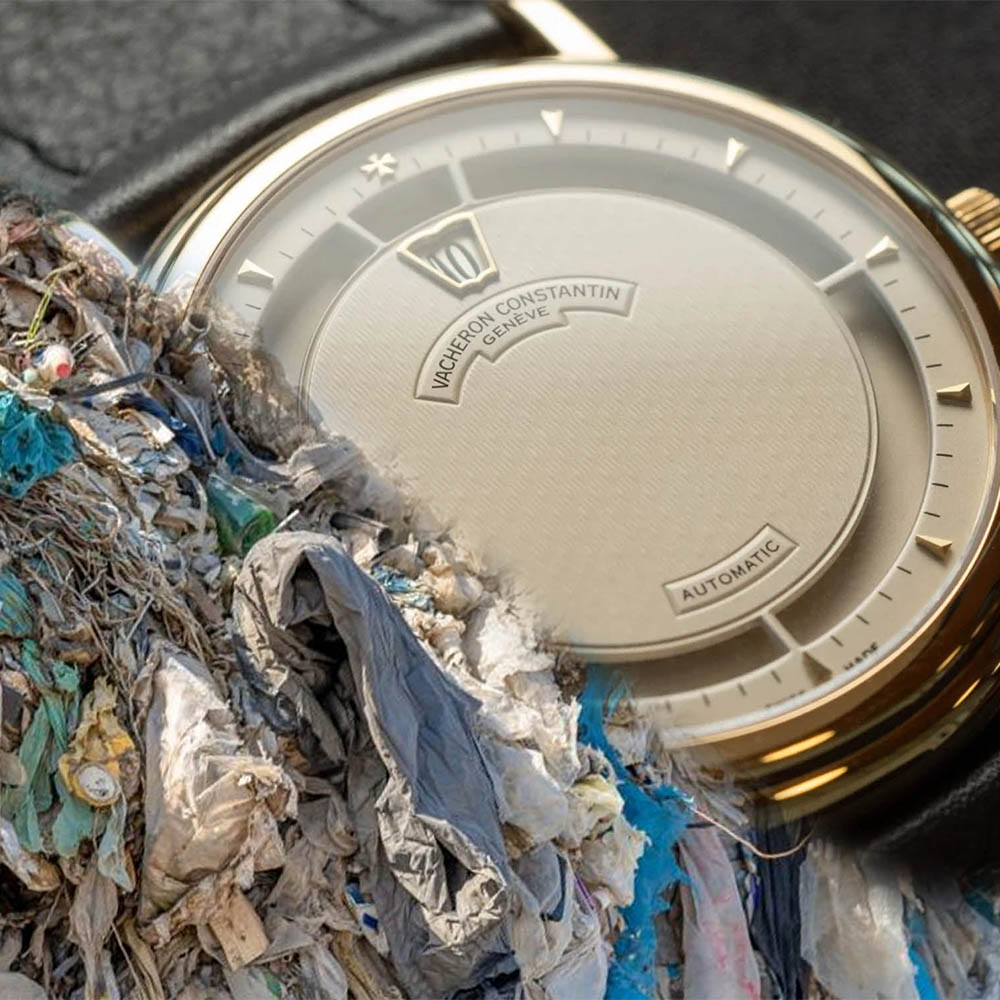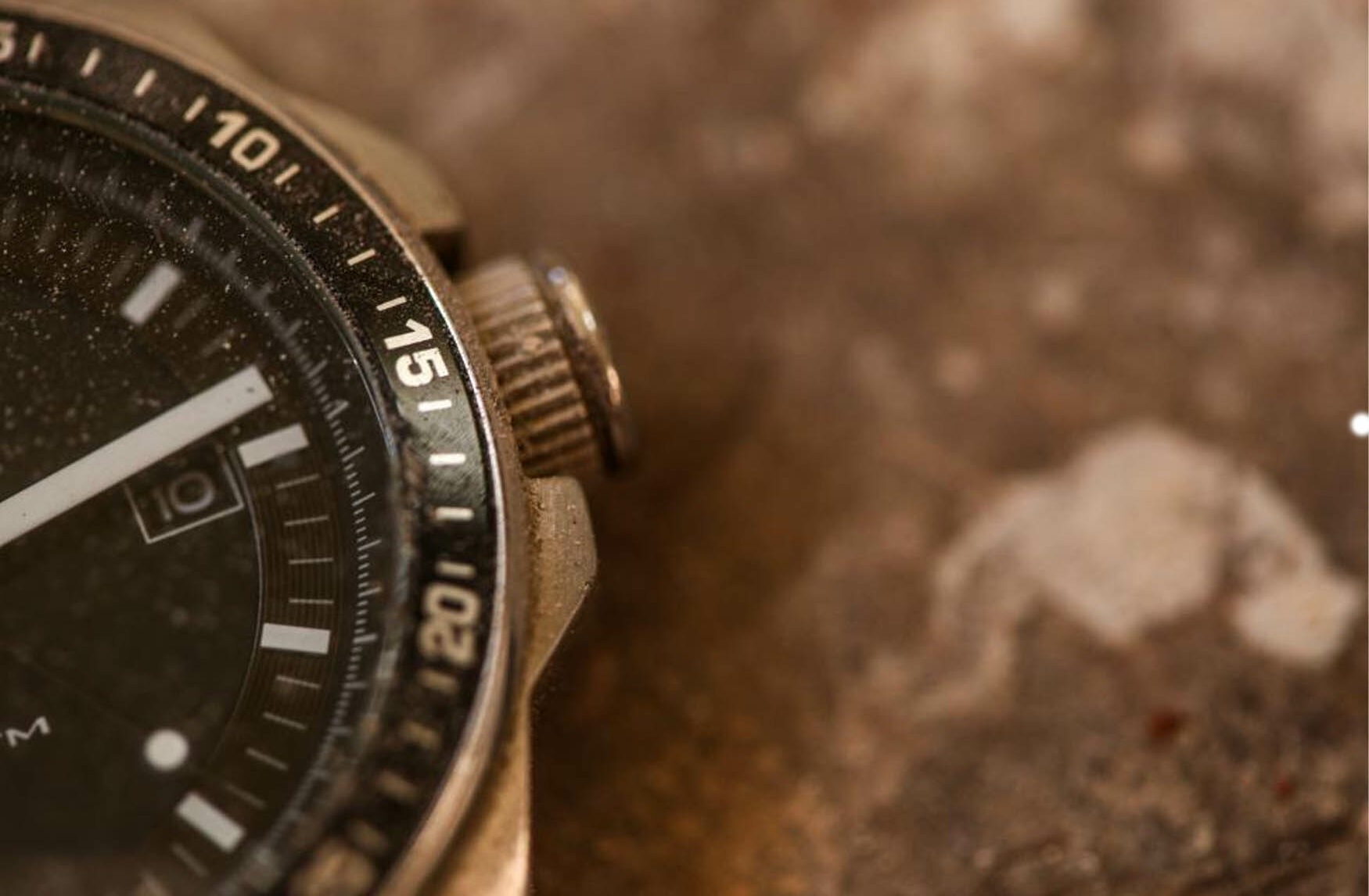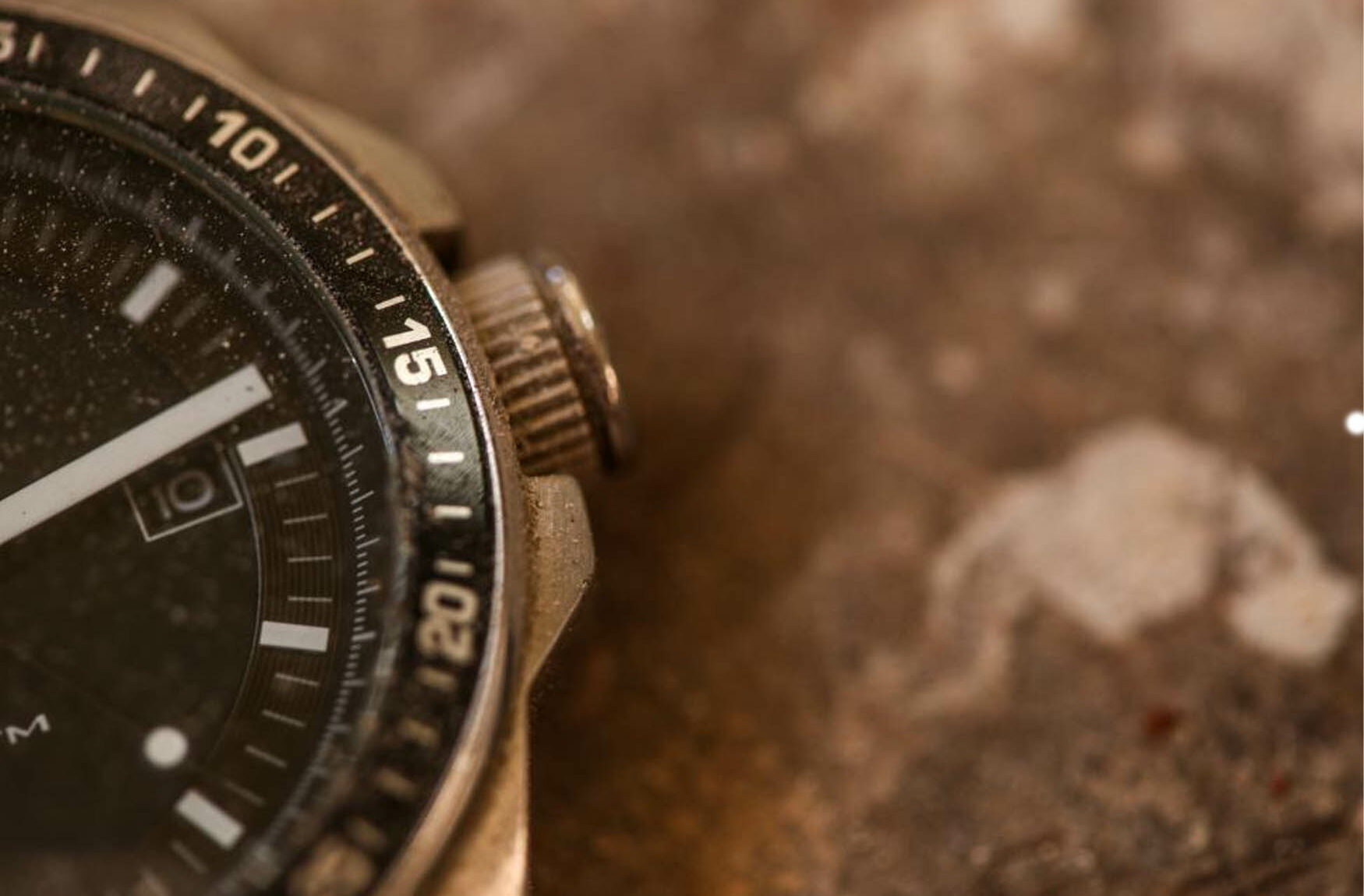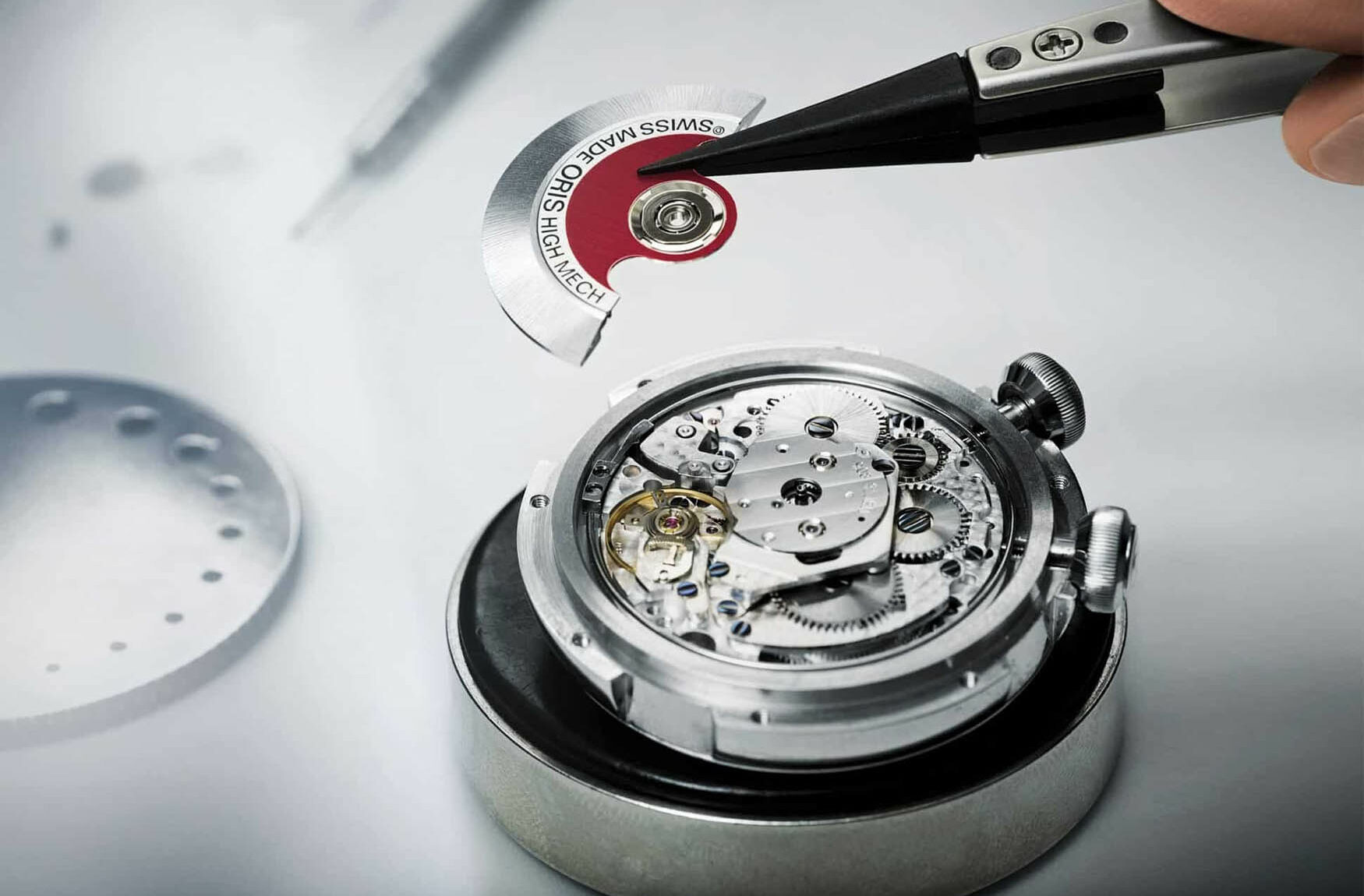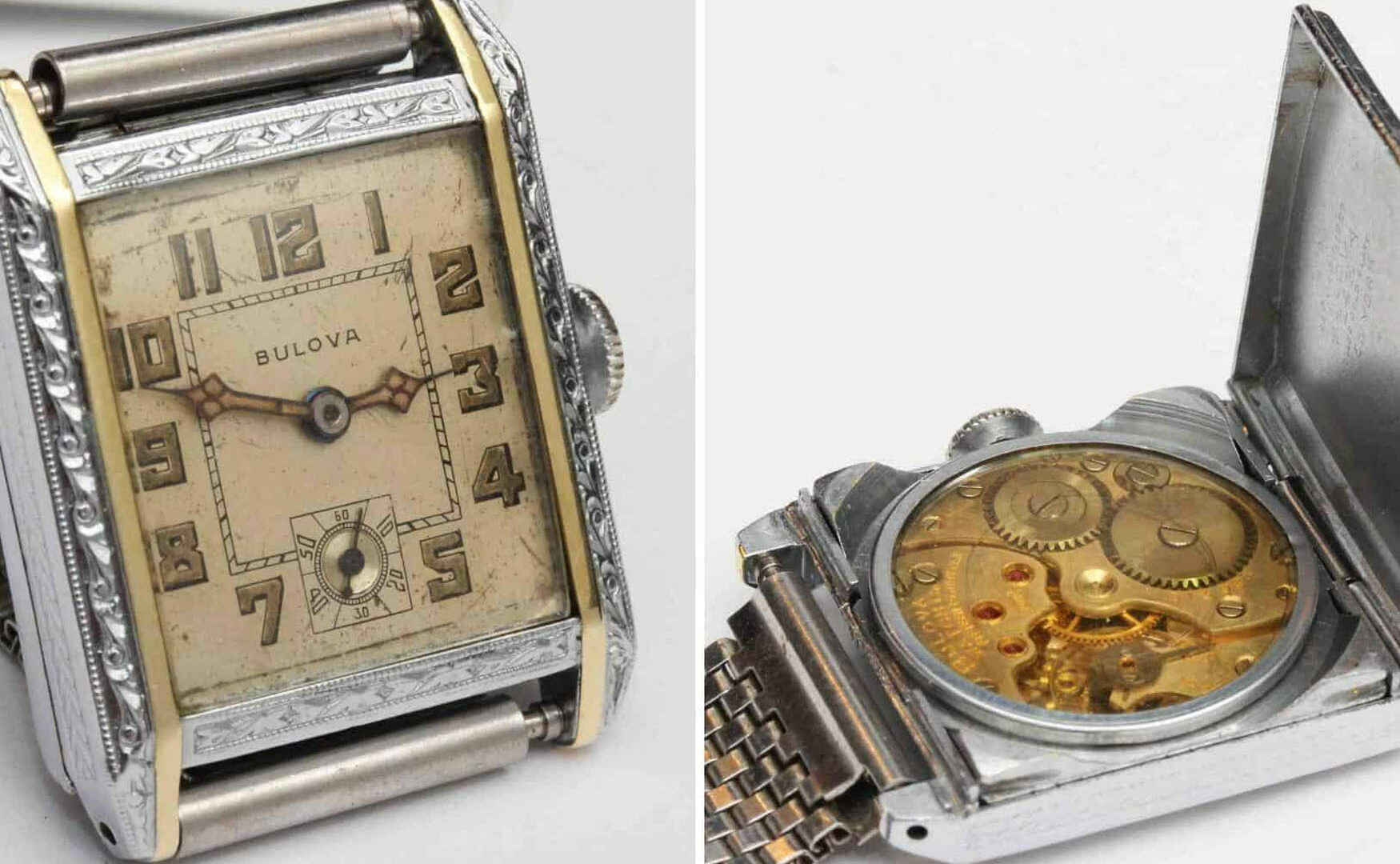How long do watches actually last?
Buffy AcaciaIt’s a common sentiment that mechanical watches last forever when properly maintained. There are even those who would rather wear a mechanical watch than a solar-powered G-Shock in a zombie apocalypse scenario. But, is there really much truth to that? Wristwatches in a modern sense have only been around for a little over a hundred years, which is nothing in the grand scheme of human development. How can we know how long they will last? As always, there are a lot of factors.
There are actually only two ways that a watch can last for any meaningful amount of time. The first is constant care. When a watch is worn, it’s exposed to all kinds of external forces. Scratches build up over time, and if you decide to have them polished, then that gradually removes layers of material and distorts the shape. Most watches have some shock resistance, but innocent bumps can accumulate to do damage over time. If you’re one to take your watch swimming, the salt of seawater and the chemicals in pool water can hasten the corrosion of metal as well as the erosion of rubber gaskets which seal the water resistance. Then there’s the simple wear and tear of the mechanical parts operating under ideal conditions. Although oils and lab-grown rubies are used to reduce as much friction as possible, components will eventually wear out. All of this is why it’s recommended that watches are given a full service every 5-10 years depending on the model, to replace anything showing signs of damage, and to return it to as close to brand new condition as possible.
The second way a watch can last is for it to be locked up and left absolutely alone. This is trickier than it sounds because time doesn’t stop just because it’s in a box. Gravity will still pull at certain areas, dust may build up in areas which causes a blockage, and the oils used to keep the movement running smoothly can dry and gum up the very parts it was supposed to lubricate. Even if you kept a watch in a vacuum-sealed chamber, it would most likely struggle to keep running after a few decades. Plus, this would be quite a sad life for a watch. Unless you bought it purely as an investment or plan to pass it down to a future generation, it’s a shame to prevent a prospective owner from forming memories and attachments with it. However, assuming the watch could be serviced after its coma, it would be in more or less brand-new condition. We all want to be that person who finds a mint, rare Rolex in a box somewhere, but the reality is that it comes at the sacrifice of a watch being enjoyed. Also, this method of preservation of sorts merely preserves the aesthetics of the watch, but ideally you want to have your watch run at least once a week or month to give the movement its necessary exercise.
So, the first method of longevity through regular servicing is clearly the best way to go, but even that doesn’t solve every problem. The initial build quality is incredibly important, for two main reasons. Firstly, a watch that doesn’t cost much money is most likely going to be treated as disposable, especially if it initially costs less than a service fee. Secondly, there’s not a lot you can do to improve the condition of something that was never great to begin with. If we take gold-plated brass cases as an example, they were everywhere until stainless steel became the default standard. Gold plating was only expected to last a few years before it needed to be re-plated or replaced entirely, and even the higher grade of rolled gold plating usually came with guarantees of 10 years and no more. With the brass exposed, corrosion came along very quickly, and turned most of those cases into scrap metal. Stainless steel is a much better material because age alone won’t degrade it.
There are watches that I’ve handled that are over 100 years old and still running well, and there are pocket watches even older that can also run with accuracy. The common link between them is that they were most likely well-looked after, or ignored for their entire histories. However, a working watch is not necessarily one that has lasted. Style is another aspect that can age a watch, and not all fashions end up being cyclical. There will always be people who collect and wear pocket watches for example, but as we get further away from the era when they were manufactured regularly at high quality, their numbers will also dwindle. As much as small watch sizes have come back into fashion, there’s still a huge benefit in buying something that has been made recently to high production standards instead of an antique which could be beyond repair if it breaks. There’s also the consideration that you could keep up to date with servicing perfectly, and yet the movement could be discontinued and then parts would become more difficult to source, leading to a watch that is uneconomical to repair.
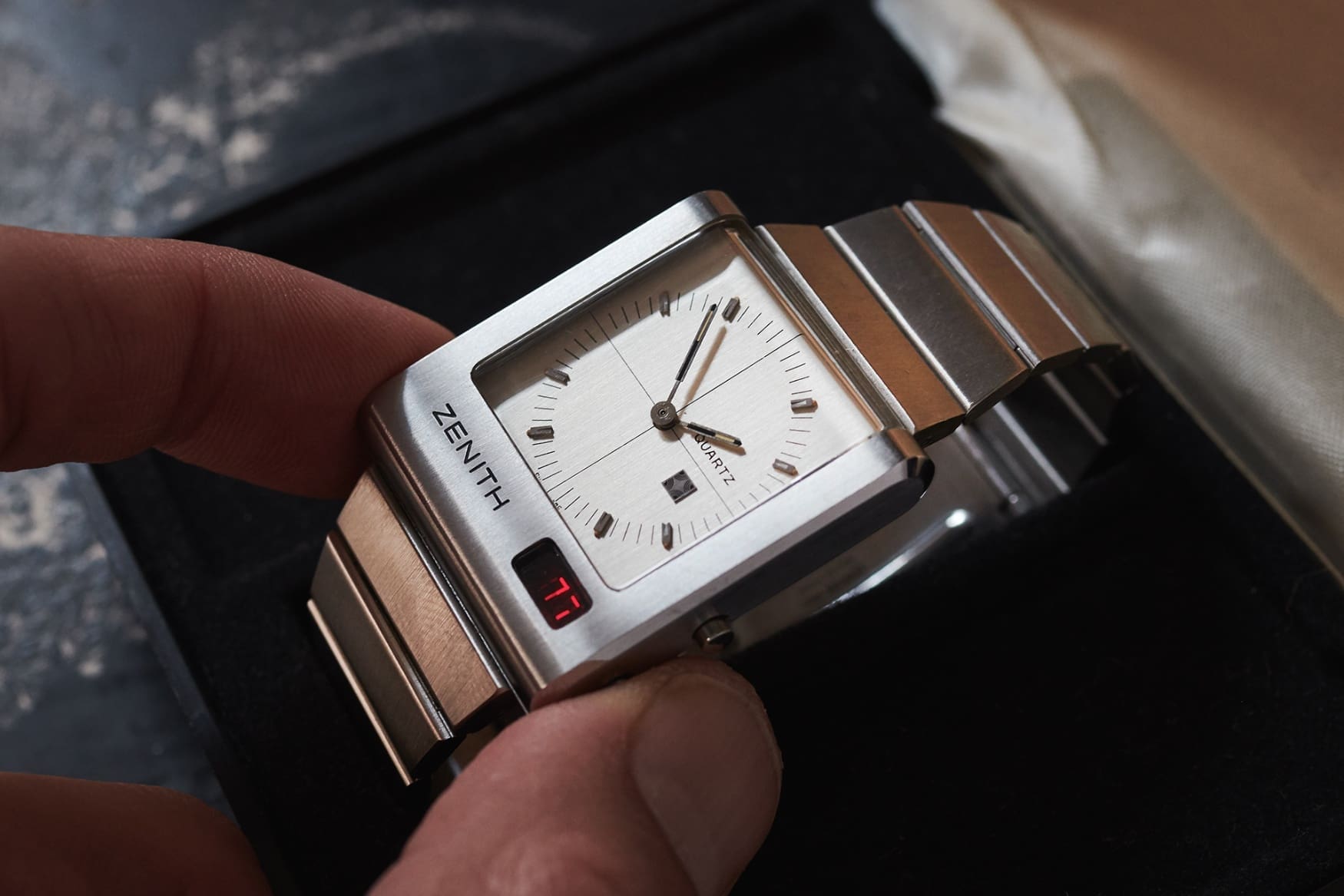
Quartz watches bring about both solutions and problems of their own. There are much fewer moving parts that can wear out, however, because the movements are more affordable to manufacture, they’re usually lower quality than mechanical ones. Things can break more easily, and a battery leaking its acid would spell a permanent death for the whole thing. You are more likely able to find a replacement movement if that were to happen, but that always depends on how common the watch is and what it has been built to accommodate. Luxury high-end quartz calibres are built to a better standard, but ironically they can require expensive servicing if a specialized watchmaker is required.
How long do watches actually last? It seems relative immortality under ideal conditions, or at least, say, a century is possible with both care and luck. The watch needs to have been made to a decent standard of quality to begin with, and there needs to be a consistent supply of components to keep it going, all the while avoiding accidental damage. However, there has definitely been a shift in the last decade or two. Between the increased quality of Chinese-made watches and the huge availability of interchangeable watch movements such as the Seiko NH35 and the Sellita SW200, it may be possible that today’s watches will last much longer. The NH35 in particular is cheaper to replace in entirety than to service, and there are millions made every year. We won’t be around to know, but it would be interesting whether or not people are still wearing ‘antique microbrand’ watches from the 2020s in a hundred years’ time.




